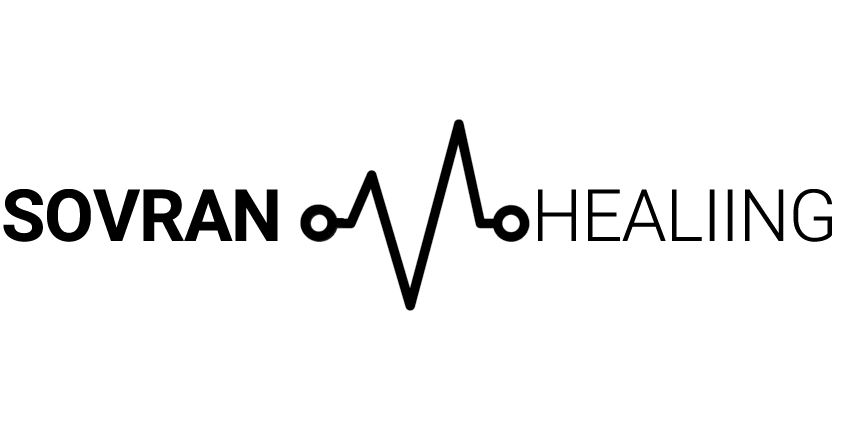Hello! Sharon, here from Sovran Healing. Today we'll explore a topic geared towards women's health, more particularly the pelvic region. If you know anyone experiencing incontinence, pelvic prolapse, or Cesarean complications years later - share this post with them! There is so much information on this topic that we needed to break it up into 3 parts series. I'll link them below as they become available.
- Incontinence
- Pelvic Prolapse
Had a baby via C-section?
Let's begin! Were your children born via Cesarian (C-section) or know someone who has? If you answered, 'Yes', stay tuned! In today's blog post, we'll discuss the risks, complications, and solutions that end up taking place once you have a c-section. Yes, there is hope.
Currently pregnant?
In the event, that you are planning on becoming pregnant, this post is also for you. By taking good care of your pelvic floor muscles (which weaken during pregnancy) you can spring back much quicker than if you didn't do anything.
C-Section Stats
Before we address the risks, let's look at the most recent statistics we could find. To illustrate, in Canada, 31% of hospital births in 2020 were done via Cesarean. South of the border, in the USA this number jumps to 35%. These are really high numbers. To point out, were they all critical, life-threatening and there was no other solution?
Canada
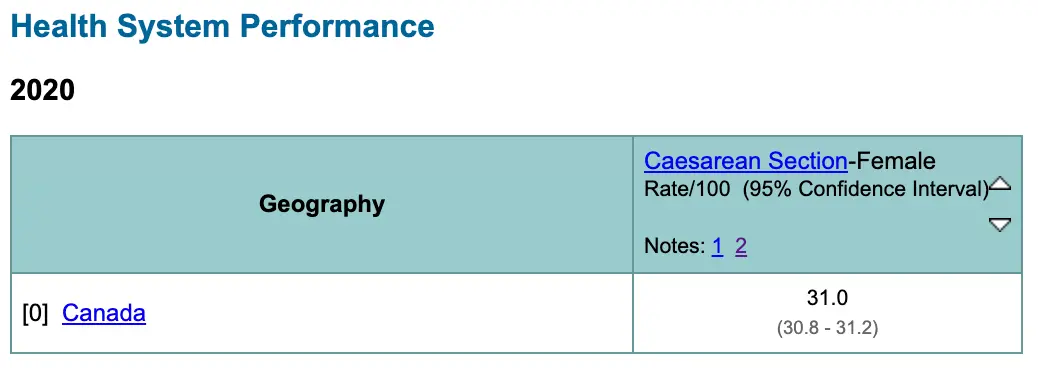
SOURCE: CIFHI
According to the Canadian Institute for Health Information, 31% of births in 2020 occurred by c-section in Canada.
USA
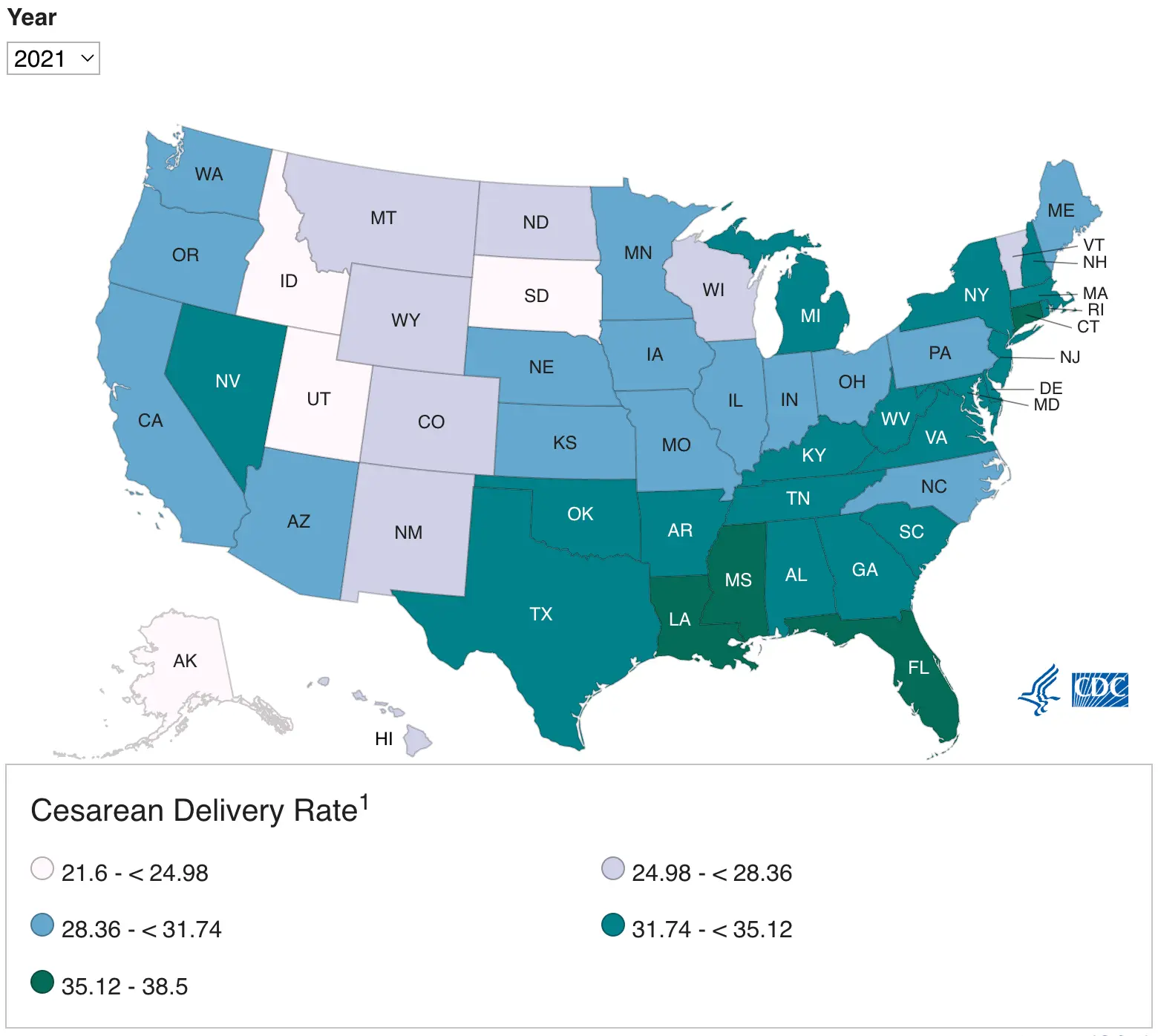
SOURCE:CDC
The Centers of Disease Control & Prevention (CDC), in the USA certain states reached as high as 35% of births by c-section in 2021.
Why C-Section
At any rate, there are many reasons why an emergency C-section can save your life and the life of your baby. There are many emergency situations where this procedure is absolutely necessary. If complications occur that make vaginal birth unsafe for you or your baby, there is no way around it.
What's more interesting, is that today, many women plan to have a C-section because of convenience and the Dr is more than willing to perform this request.

C-Section Risks & Complications
Important to realize are the risks of a C-Section. As with any major surgery, there are several risks associated with cesarean delivery.
SOURCE: web md
Cesarean Complications years later for Children Born Via C- Section
In addition, we now have data that also shows long-term health affects of children born via c-section. They are:
- Childhood asthma up to the age of 5
- Obesity up to the age of 12
The reason for this increased risk is not clear.
SOURCE: Tommys
Can C-Section Cause Problems Years Later?
The short answer is, 'yes'. Mild problems include pain at the incision point and numbness where the scar is located. Severe problems include abdominal adhesions, pelvic organ prolapse, incontinence, and painful lovemaking, to name a few.
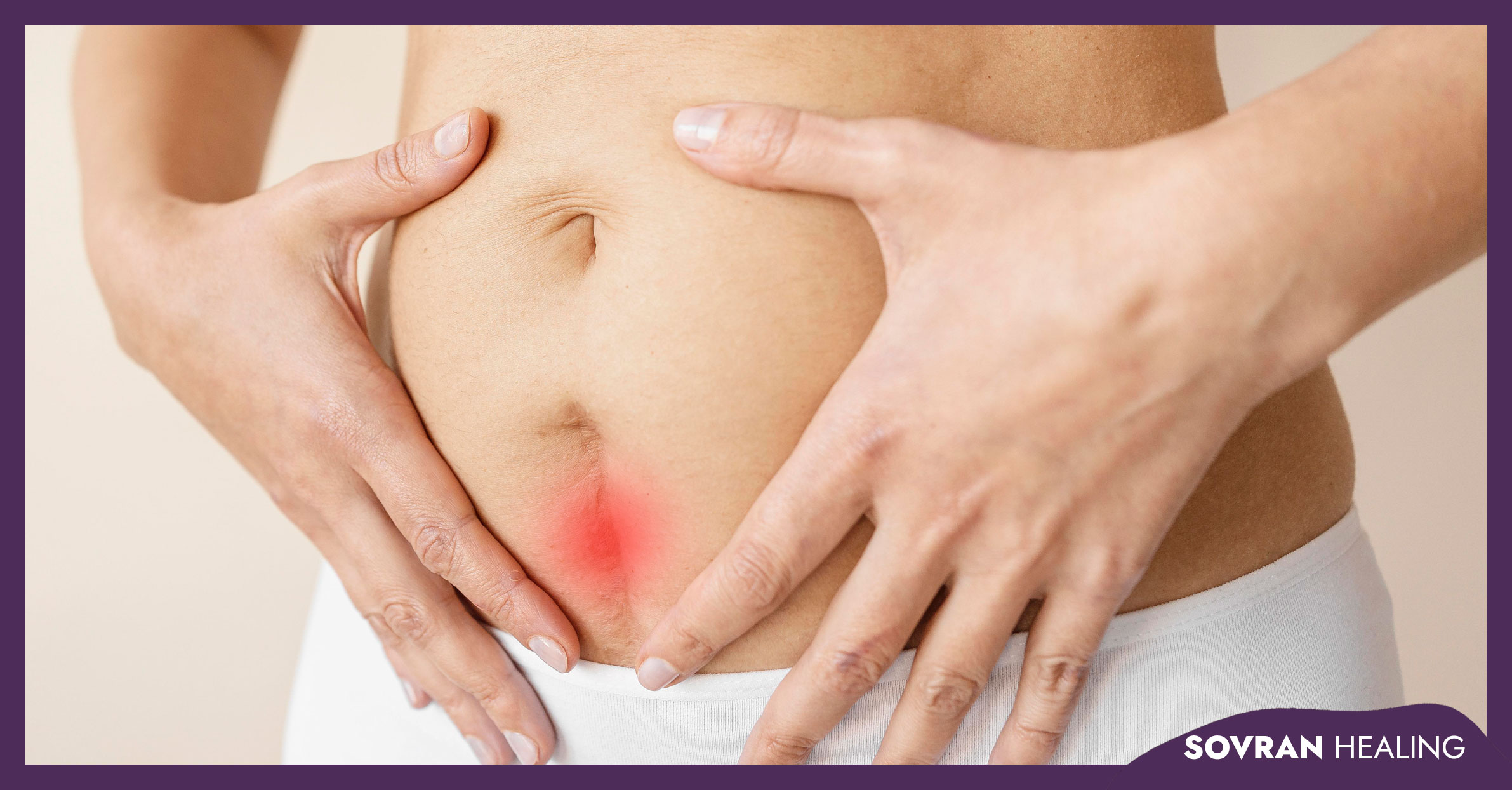
Pelvic Floor Dysfuntion
In general, a pelvic floor dysfunction occurs when the muscles or connective tissues of the pelvic area become weakened or are injured due to the c-section. To top it off, post-surgery, inflammation, scar tissue & adhesion formation create blockages at the incision point which adds to the problem. Proper oxygenated blood flow doesn't get to the pelvic floor muscles to aid in regeneration and the result is unhealthy tissue.
#1 Myth Most Women Believe
Provided that most women believe that if they have a c-section their pelvic floor muscles will be unaffected. This is a myth! The pelvic floor & vaginal muscles are actually affected during the entire pregnancy. As the weight of the baby increases the muscles are put under immense pressure and work overtime to support the baby's increasing weight.
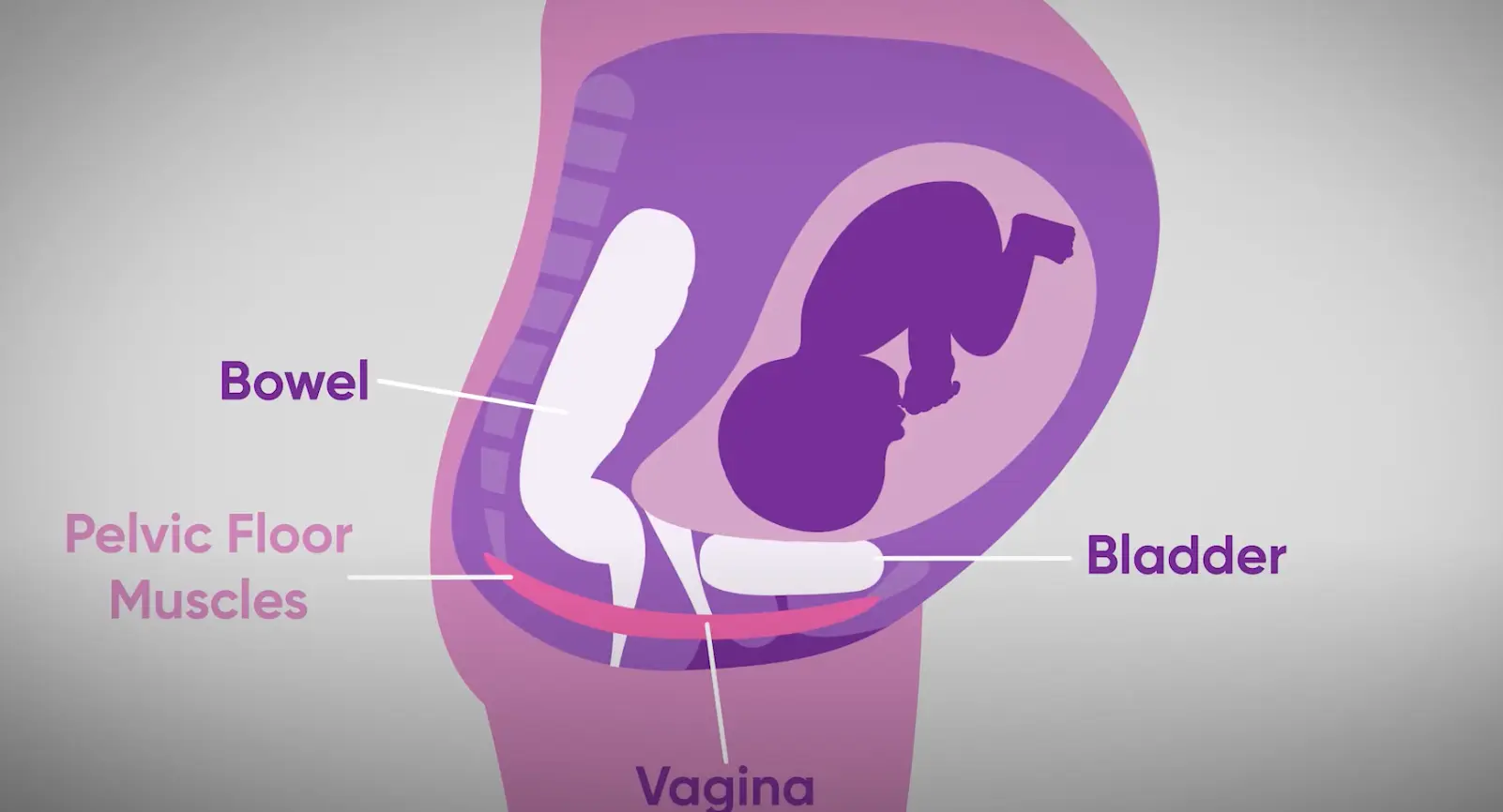
SOURCE: Mater
To point out, this is why it's imperative to restore your muscles post-birth. This includes both natural birth & via Caesarean by doing special exercises. Yes! To put in another way we teach you the exercises & create a custom plan for each woman during the Pelvic Restoration Course.
Are You Experiencing These Symptoms
- Abdominal pain
- Painful lovemaking
- Leg pain/numbness
- Foot pain/numbness
- Hip pain
- Trouble standing up straight
- Painful bowel movement
- Swelling or bloated
- Painful periods
Your symptoms may be linked to abdominal adhesions. Your symptoms may be linked to abdominal adhesions.
What Are Abdominal Adhesions and Why They Are Dangerous
At last, let's discuss abdominal adhesions. Why do Cesarean complications occur years later? Anytime our body is pierced whether it's a small or big incision, scar tissue is created. With time, it grows causing blockages. Once the incision is closed, inflammation occurs as the body's natural mechanism to heal the region followed by uric and lactic acid. This causes fibrates to come and wall it off further while changing the molecular structure of the fascia.
By all means, the scar tissue embeds itself into the fascia creating blockages that don't allow for proper circulation. This can actually go down up to 2 inches below the scar. With time, it creates adhesions that sprout little vines and tentacles that wrap themselves around the large, small intestines, uterus, fallopian tubes, ovaries, hips, and pubic bone. This can lead to a uterus prolapse, rectal prolapse, bladder & cervix prolapse.
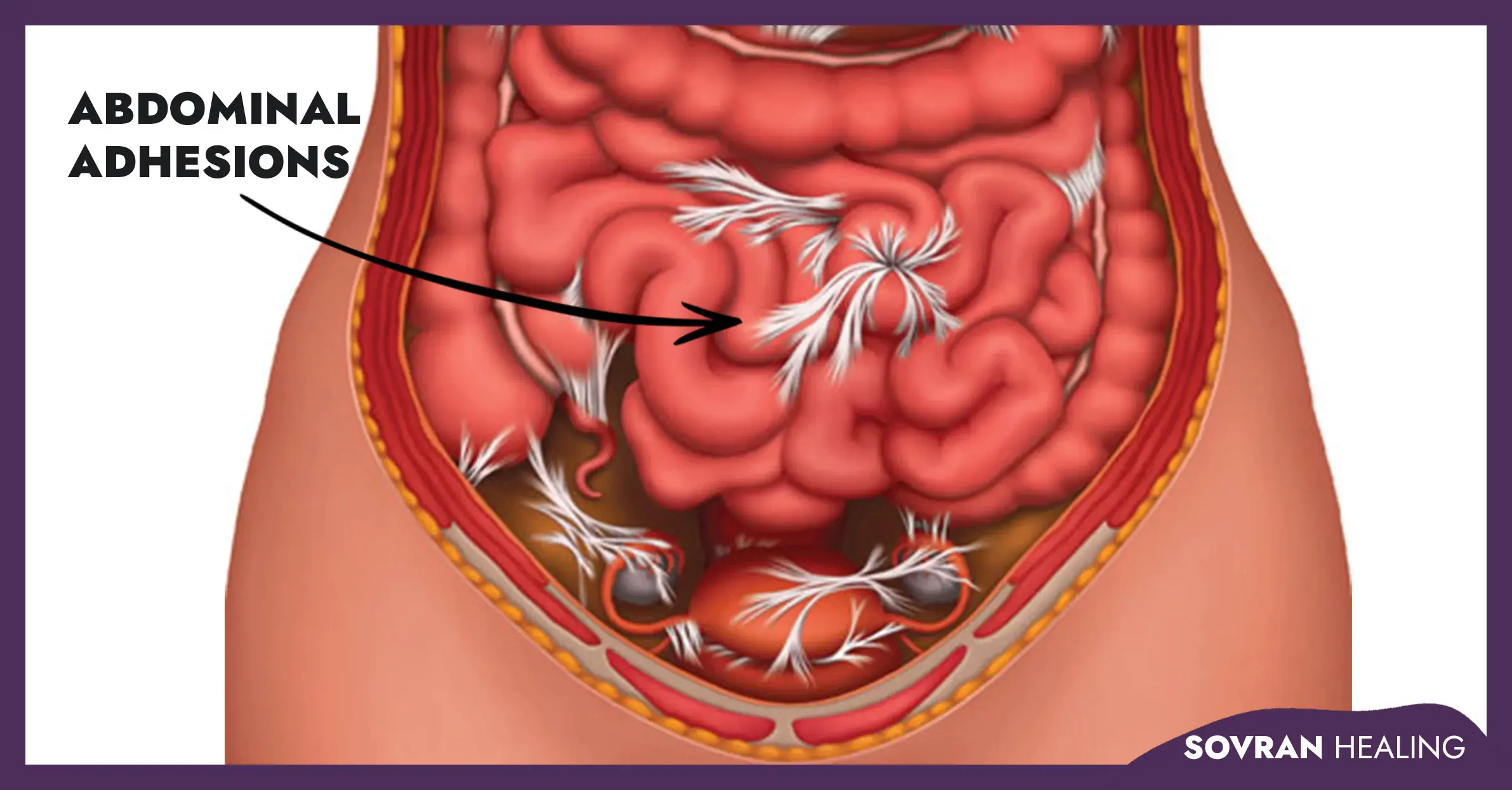
SOURCE: Image of an abdominal adhesion
To clarify, sometimes abdominal adhesions can cause the intestines to twist. Kind of like a garden hose can become kinked. This condition can occur shortly after, or even years after surgery and can lead to complete or partial intestinal obstruction, also called small bowel obstruction.
To rephrase it, we may need to tie back that a prolapse can occur because of this or as Iryna said in the video a Dr can propose to remove the uterus altogether.
Cesarean Complication Years Later May Lead to Pelvic Restoration Surgery
To explain, pelvic restoration surgery otherwise known as pelvic reconstructive surgery is used to rebuild vital organs such as the bladder, pelvic floor, and uterus. This can potentially further the damage. Furthermore, this will produce more scar tissue and adhesions, blocking and disrupting the circulation to pelvic floor connective tissues, vaginal canal, and vital organs. As a result, this may lead to further surgeries.
Perineal Rehabilitation
For those that don't know, the perineum is the area between the vaginal opening and the anus. Perineal rehabilitation is used for but not limited to:
- Bladder dysfunction. Examples include incontinence, urine frequency, etc.
- Rectal dysfunction. Examples include fecal incontinence, anal pain, prolapsed rectum, and vagina issues like painful lovemaking or pain in the vulva or clitoris.
Following, problems can occur due to pelvic floor muscle weakness and tightness where muscles have lost their strength and can’t contract and expand properly. Perineal and pelvic rehabilitation is used to restore adequate functioning of the urinary, rectal and vaginal areas.
Connect to The Divine Feminine
To emphasize, we are divine feminine spirits. We are honoured to carry life into this world. Our vessels are designed to house these spirits until nature signals these babies to travel through the birthing canal into the arms of their mothers, this process is magically orchestrated by the rhythms of life.

In the end, Mother Nature's magnetism is fundamental in stimulating the parasympathetic system. It’s important mothers prepare themselves for a vibrant natural birth by following lifestyle strategies that will support emotional, physical, and spiritual health, the mind-body connection part of holistic health. The Pelvic Restoration course is key to inner-standing what is required to experience, healthy pregnancies, natural deliveries, and healthy babies. Creating a magical experience free of stress and fear, is what you deserve!
Restoring The Pelvic Floor Post C-Section
To conclude, here's a solution.
- Mention restorative body work and how it'll help
- Exercises. Important* we don't want to say how to do it, but what to do
- RESTORATIVE BODYWORK: A minimum of 6-8 Weeks post Caesarean birth or anytime thereafter, we recommend doing a Restorative Bodywork Treatment to loosen the fascia & scar tissue that formed post-surgery. By allowing fresh oxygenated blood & lymph to flow, it'll aid in regenerating tissue. Included with your Pelvic Restoration Course is a one-hour Restorative Body Work Treatment VALUE $150
- PELVIC FLOOR EXERCISES: The second important thing to do is the right pelvic floor restoration exercises. Included with your Pelvic Restoration Course is a custom Pelvic Floor Exercise Routine so you can continue at home VALUE $150

Pelvic Rehab Course
Join Sharon Cusack & Iryna Harvey for a three-day in-person Pelvic Restoration Course. For more details, pricing, start times & course location click the button below:
Use coupon code BONUSPRC to receive 1 Hour FREE consultation with Iryna before the course so we can better understand & solve your particular situation VALUE $189
Questions About Your Pelvic Floor Post-Caesarean?
Without reservation, please leave your questions in the comments below, and we'll answer them all!
